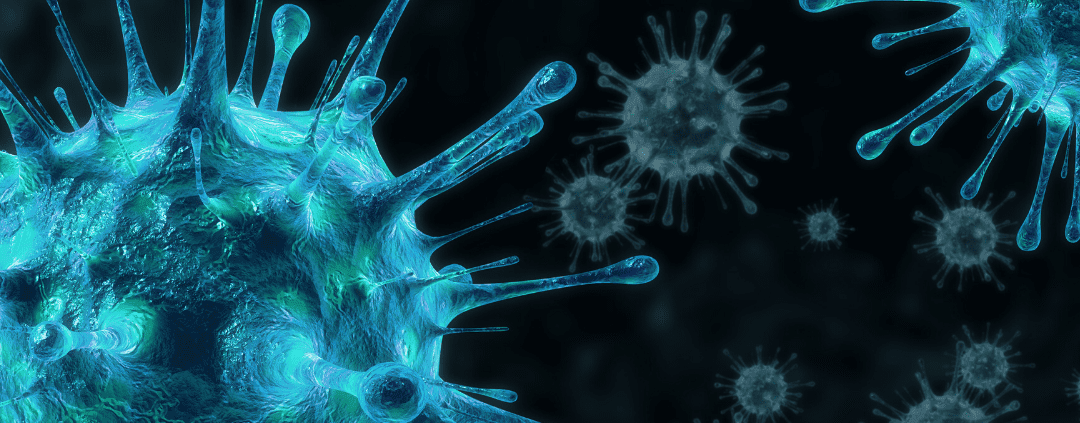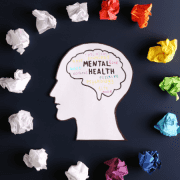CORONAVIRUS (COVID-19) FAQ
GENERAL INFORMATION ABOUT THE CORONAVIRUS
What is the coronavirus (COVID-19)?
The coronavirus is a virus that can pass from one person to another. It causes a respiratory illness called COVID-19. The first cases were reported in December 2019 in China, but people in many countries around the world are now affected.
What are the symptoms?
These include fever, coughing, sore throat, tiredness and shortness of breath. Symptoms can be very mild, but they can get worse and lead to serious breathing difficulties, pneumonia and death.
Who is at risk?
Anyone can get the coronavirus, but those most at risk include the following:
- The elderly
- Aboriginal and Torres Strait Island peoples
- People with chronic medical conditions, e.g. heart disease, diabetes, lung disease
- People with compromised immune systems, e.g. people going through cancer treatment
Also, people are more at risk if:
- They have recently travelled back from a high-risk country, such as China, Korea, Italy or Iran
- They have been in close contact with someone who has the coronavirus
How does the virus spread?
The coronavirus spreads from one person to another. You can get the virus when:
- You have been in close contact with a person who has the virus, even in the 24 hours before they start showing symptoms
- When a person with the coronavirus coughs or sneezes and you come into contact with the droplets
When a person with the coronavirus sneezes or coughs, some droplets might land on a surface or object like a table or doorknob. You can get the virus by touching these surfaces or objects and then touching your face.



















Leave a Reply
Want to join the discussion?Feel free to contribute!